Life Drawing Program (3 hours)
*Please note that all tickets are final sale and non-refundable*
Location:
Bathurst location
Program Date:
May 20th Monday
Time:
5:30 pm-8:30 pm (3 hour pose)
Fee: $20 ($18 for students with valid ID)
Materials Required: bring your paper & pencil/charcoal/eraser (Drawing boards/tape is provided)
Program Detail: The sessions will involve nude or partial-nude models
Life drawing is the practice of drawing the human figure in various poses and levels of detail, often in a nude or partially clothed state. It has been a fundamental aspect of artistic training for centuries, offering artists the opportunity to study anatomy, improve observational skills, and develop their artistic techniques.
During a life drawing session, artists typically gather around a model who poses for varying durations, ranging from quick gestures to longer poses lasting hours. Short poses help artists warm up and capture the essence of the pose, while longer poses allow for more detailed studies. Artists use various drawing mediums such as charcoal, graphite, ink, and pastels to create their artworks.
Understanding Human Anatomy:
Life drawing provides artists with a unique opportunity to study the human body up close. By observing a live model in various poses, artists can gain a deep understanding of skeletal structures, muscle groups, and how they interact.
Through repeated practice, artists learn to visualize the underlying anatomy beneath the surface of the skin, enabling them to create more accurate and lifelike representations in their artwork.
Observation Skills:
Life drawing sessions train artists to observe and analyze the human form with precision. They learn to pay attention to details such as proportions, angles, and the play of light and shadow on the body.
By honing their observational skills, artists can capture the unique characteristics and nuances of each pose, translating them onto paper with accuracy and expression.
Simplification Techniques:
Life drawing encourages artists to simplify complex forms into basic shapes and lines, a process known as abstraction. This skill is particularly useful when capturing quick gestures or dynamic poses during short drawing sessions.
By breaking down the human figure into its fundamental components, artists can focus on capturing the essence of the pose, rather than getting bogged down by intricate details.
Problem-Solving Abilities:
Short poses in life drawing sessions present artists with challenges that require quick decision-making and problem-solving skills. They must efficiently represent the pose using minimal lines and gestures, while still conveying its essence.
Artists learn to make strategic decisions about line placement, proportions, and composition, adapting their approach to suit the time constraints of each pose.
Supplemental Anatomy Study:
While life drawing sessions provide invaluable practical experience, many artists also supplement their learning with additional resources on human anatomy.
Books, websites, and video tutorials offer in-depth explanations and visual references that can enhance an artist's understanding of anatomical structures and proportions.
Medium Exploration:
Life drawing classes often encourage artists to experiment with a variety of drawing mediums, including pencils, charcoal, ink, and pastels. Each medium offers unique characteristics and expressive possibilities.
Artists may explore different techniques such as line drawing, shading, and blending, discovering which mediums best suit their personal style and artistic goals.
Historical Context:
Life drawing has a rich historical tradition dating back to the Renaissance period, where it was considered an essential component of artistic training.
Over the centuries, artists such as Leonardo da Vinci, Michelangelo, and Tintoretto honed their skills through rigorous study of the human figure, leaving behind a legacy of masterful drawings and sculptures.
Life drawing also fosters a meditative and immersive experience, allowing artists to lose themselves in the creative process. However, it's essential for participants to respect the model's professionalism and maintain proper etiquette during sessions.Various mediums, including pencils, charcoal, and graphite, are used in life drawing classes, each offering unique qualities for artistic expression. Additionally, understanding angles and proportions is crucial for accurately depicting the human figure, especially when drawing figures in motion.
Historically, life drawing has been a cornerstone of fine art education, providing artists with essential skills for representing the human form. While access to nude models was once limited, life drawing has evolved to be more inclusive, offering opportunities for artists of all backgrounds to hone their craft.
Overall, life drawing remains an important practice for artists seeking to master the complexities of the human figure and advance their skills in figurative art.

